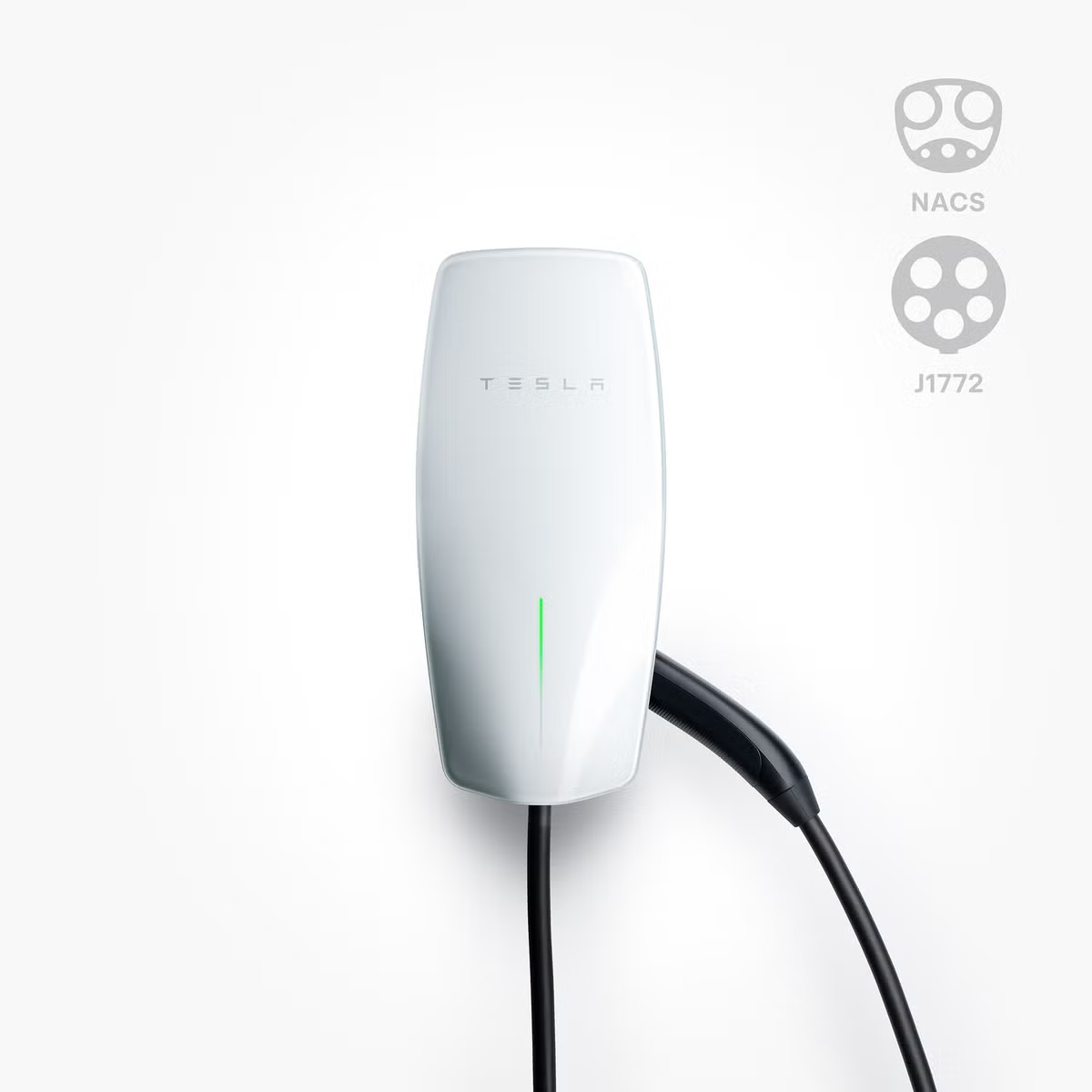Electric vehicles (EVs) are quickly becoming a mainstream choice for drivers worldwide. As technology advances and environmental awareness grows, more people are making the switch to cleaner, battery-powered transportation. However, owning an EV is more than just about the car itself—it’s also about how you charge it.
Charging is one of the most common questions new EV owners face. Unlike filling up a gasoline car at any fuel station, charging an EV involves understanding different charging levels, power outputs, and installation needs. Two of the most common home and workplace EV charging options are Level 1 charging and Level 2 charging.
While both serve the same purpose—providing electricity to recharge your EV’s battery—they differ greatly in speed, convenience, cost, and practicality. Understanding these differences is essential to making an informed decision that matches your driving habits, lifestyle, and budget.
This article dives deep into the distinctions between Level 1 and Level 2 charging, exploring their pros, cons, and real-world applications. We’ll also provide guidance on how to choose the best option for your needs and highlight future trends in EV charging infrastructure.
Level 1 charging is the most basic and widely accessible method of powering up an EV. It uses a standard 120-volt household outlet, the same one you’d plug in a lamp, laptop, or toaster.
Power output: Around 1.2 kW
Charging speed: Adds approximately 2–5 miles of range per hour of charging
Time to fully charge: Between 11 and 20+ hours, depending on the vehicle’s battery size
Connector: Typically comes with the EV as standard equipment, requiring no additional investment
Because of its simplicity, Level 1 charging is often the entry point for new EV owners. Almost every EV comes with a Level 1 charging cable that allows the owner to plug in at home immediately without installing specialized equipment.
For many households, Level 1 works perfectly as a slow but steady charging method. If you typically drive fewer than 40 miles a day and can leave your car plugged in overnight, Level 1 may be sufficient.

Level 2 charging offers a faster, more efficient alternative by using a 208–240V outlet on a dedicated circuit. These chargers are commonly installed in garages, driveways, or workplace parking lots.
Power output: 3.6–19.2 kW (most home chargers are around 7.6 kW)
Charging speed: Adds 10–60 miles of range per hour of charging
Time to fully charge: Usually 3–8 hours for most EVs
Connector: Often requires a NEMA 14-50 outlet or direct hardwiring into the home’s electrical panel
The increased power output makes Level 2 charging a game-changer for EV owners with longer commutes, multiple household drivers, or limited charging time. Many homeowners choose to install a Level 2 charger for convenience, while businesses and municipalities often provide them at public charging stations to support faster turnaround.

Level 1 charging can be done anywhere with a standard outlet. No special equipment or installation is needed, making it the most widely available charging option.
Since EVs typically come with a Level 1 charging cable, there’s no upfront cost beyond your standard electricity bill. Installation costs are virtually zero.
Plugging into a wall outlet is as straightforward as charging your phone. No technical expertise or professional electrician is required.
Almost all EVs on the market include Level 1 charging capabilities, ensuring seamless operation across different makes and models.
With only 2–5 miles of range added per hour, Level 1 charging can be frustrating for drivers with long commutes or larger batteries.
If you need your car ready for a road trip after only a few hours of charging, Level 1 simply won’t cut it. It’s best suited for overnight charging or low-mileage daily use.
By delivering significantly higher power, Level 2 chargers can fully replenish most EV batteries overnight. Adding up to 60 miles of range per hour makes them ideal for busy schedules.
Even if you drive 50–100 miles per day, a Level 2 charger ensures your EV is ready the next morning without worry.
Level 2 chargers can be installed in private residences, workplaces, apartment complexes, and public locations. This flexibility makes them the backbone of modern EV infrastructure.
Many governments and utilities encourage EV adoption by offering rebates, tax credits, or discounts on installing Level 2 chargers. These incentives can significantly offset the upfront cost.
Buying a Level 2 charger can range from a few hundred to over a thousand dollars. Professional installation may add another $500–$2,000, depending on electrical upgrades needed.
Unlike Level 1 chargers, which can be plugged into any outlet, Level 2 requires a fixed installation. This limits flexibility for drivers who frequently move or rely on shared charging infrastructure.
When deciding between Level 1 and Level 2 charging, consider the following five factors:
Short commutes under 40 miles? Level 1 might be enough.
Longer daily routes? Level 2 ensures your EV is always ready.
If your EV sits parked for 12+ hours overnight, Level 1 may suffice.
If you need quick top-ups between trips, Level 2 is far more practical.
Check your electrical panel and whether a 240V outlet already exists. Installing Level 2 may require upgrades.
Level 1 requires no upfront investment.
Level 2 is more expensive but saves time and allows charging during off-peak electricity rates, potentially lowering long-term costs.
As battery sizes grow and EV adoption increases, investing in Level 2 adds convenience and may even boost your property’s resale value.
Single-car households with short commutes may find Level 1 perfectly adequate. For example, if you drive 20 miles daily, charging overnight for 10 hours will restore your range easily.
Families with multiple EVs or those with high-mileage driving needs will likely require Level 2 to keep both cars powered.
Apartment dwellers may depend on public Level 2 chargers provided by landlords or municipalities.
Business fleets almost always rely on Level 2 (or higher) chargers to keep vehicles running efficiently with minimal downtime.
While Level 1 charging involves minimal upfront costs, the slower speed may not meet everyone’s needs. Level 2 chargers typically cost $500–$1,500 for equipment, plus installation fees. However, with incentives, the net cost can drop substantially.
Electricity costs for both levels depend on local utility rates. Charging at night during off-peak hours can further reduce expenses, especially with Level 2’s faster capabilities.
Both Level 1 and Level 2 charging reduce reliance on fossil fuels compared to gasoline vehicles. However, Level 2’s faster charging can encourage more EV adoption by making ownership more practical for a wider range of drivers.
Additionally, as renewable energy sources expand, charging EVs will increasingly rely on clean electricity, amplifying their environmental benefits.
The EV charging landscape is evolving rapidly. While Level 1 and Level 2 chargers currently dominate, several trends will shape the future:
Integration with mobile apps and energy management systems allows drivers to schedule charging during off-peak hours, saving money and reducing strain on the grid.
Emerging technologies like Vehicle-to-Home (V2H) and Vehicle-to-Grid (V2G) will allow EVs to store energy and feed it back during peak demand, transforming cars into mobile energy resources.
Governments and private companies are investing heavily in Level 2 charging stations in urban and suburban areas, making EV ownership more convenient.
While Level 1 and 2 serve most home and work needs, DC fast chargers—capable of recharging an EV in under an hour—are being deployed along highways for long-distance travel.
Choosing between Level 1 and Level 2 charging depends largely on your lifestyle, driving habits, and budget.
Level 1 charging is affordable, accessible, and simple, making it a good entry point for new EV owners with modest driving needs.
Level 2 charging is faster, more versatile, and future-ready, offering the convenience that most multi-car households and high-mileage drivers require.
As EV adoption accelerates, the demand for convenient, reliable charging will continue to grow. Whether you start with Level 1 and upgrade later, or invest directly in Level 2, both options help pave the way toward a cleaner, more sustainable transportation future.
